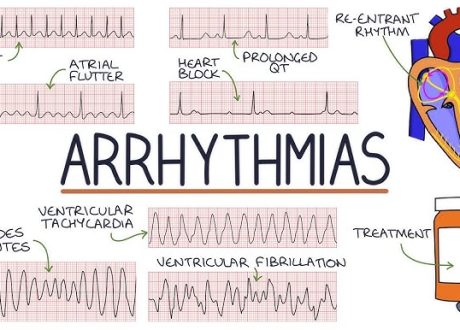Christopher Plata1,2, Martin Nellessen1, Rebecca Roth3, Hannes Ecker1, Bernd W. Böttiger1, Johannes Löser4 and Wolfgang A. Wetsch
Abstract Background: Although not routinely established during cardiopulmonary resuscitation (CPR), video-assisted CPR has been described as beneficial in the communication with emergency medical service (EMS) authorities in out-ofhospital cardiac arrest scenarios. Since the influence of video quality has not been investigated systematically and due to variation of quality of a live-stream video during video-assisted CPR, we investigated the influence of different video quality levels during the evaluation of CPR performance in video sequences. Methods: Seven video sequences of CPR performance were recorded in high quality and artificially reduced to medium and low quality afterwards. Video sequences showed either correct CPR performance or one of six typical errors: too low and too high compression rate, superficial and increased compression depth, wrong hand position and incomplete release. Video sequences were randomly assigned to the different quality levels. During the randomised and double-blinded evaluation process, 46 paramedics and 47 emergency physicians evaluated seven video sequences of CPR performance in different quality levels (high, medium and low resolution). Results: Of 650 video sequences, CPR performance was evaluable in 98.2%. CPR performance was correctly evaluated in 71.5% at low quality, in 76.8% at medium quality, and in 77.3% at high quality level, showing no significant differences depending on video quality (p= 0.306). In the subgroup analysis, correct classification of increased compression depth showed significant differences depending on video quality (p= 0.006). Further, there were significant differences in correct CPR classification depending on the presented error (p< 0.001). Allegedly errors, that were not shown in the video sequence, were classified in 28.3%, insignificantly depending on video quality. Correct evaluation did not show significant interprofessional differences (p =0.468). Conclusion: VideoqualityhasnosignificantimpactontheevaluationofCPRinavideosequence.Evenlowvideoquality leads to an acceptable rate of correct evaluation of CPR performance. There is a significant difference in evaluation of CPR performance depending on the presented error in a video sequence.










